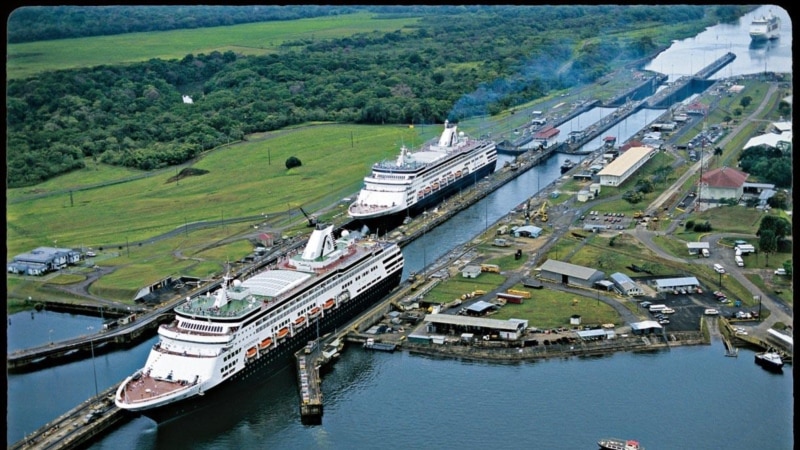The Panama Canal hopes to be prepared to combat a possible new drought, which could affect it in about four years, by expanding the capacity of its reservoirs, accommodating larger ships, ensuring safe passage for certain types of ships and expanding its water reservoirs, its administrator, Ricaurte Vásquez, said on Monday.
The Canal Authority (ACP) announced in mid-month that it would return to the 36 authorized vessel transits per day and a maximum draft of 15.24 meters for the passage of vessels, considered normal standards for this time of year, at the end of a fiscal year affected by a severe drought.
“The frequency (of droughts) is faster now than in the past,” Vasquez told a conference, adding that the waterway, the second largest in the world, remains dependent on rainfall.
The ACP administrator added that in the next four years, Panama is likely to suffer another severe drought, given rainfall patterns and the frequency of El Niño and La Niña weather phenomena.
The canal uses fresh water from precipitation-fed lakes to power its locks, which separate the salt waters of the Atlantic and Pacific oceans.
Even after drastic water conservation measures since last year, which led to long wait times for ships, the ACP expects its revenue to be in line with the $4.78 billion goal set in its budget for this fiscal year, which ends Sept. 30.
Budgeted revenue for the next fiscal year, which begins in October, is $5.6 billion. The current rainy season, which ends in November, is expected to allow an average of 34.5 transits per day, compared with 24 per day in the current fiscal year.
“We will be entering more of a long-term trend of operations compared to this disruptive year of 2024,” Vasquez said.
Preparations for a $2 billion expansion of one of its water reservoirs, following approval by Panama’s Supreme Court, are expected to take 18 to 24 months, including engineering studies, he said.
“I think it would be a good idea to go to the market,” he added, referring to the financing of the project.
The reservoir expansion, coupled with changes to ship spaces to encourage larger vessels to use the waterway and ensuring safe passage for some vessels, including LNG, LPG and refrigerated cargo carriers, would allow the canal to handle the same tonnage while avoiding delays with a water-saving system.
Panama’s average tonnage per transit has risen to 43,000 metric tons this year from about 38,000 tons in 2023, reducing water use. “That’s what we’re trying to achieve with the market,” he explained.
The canal plans a new round of talks in September with LNG producers and market participants on the possibility of ensuring safe passage for such vessels, according to Vasquez.
Connect with the Voice of America! Subscribe to our channels YouTube, WhatsApp and to newsletter. Turn on notifications and follow us on Facebook, X and Instagram.














Add Comment